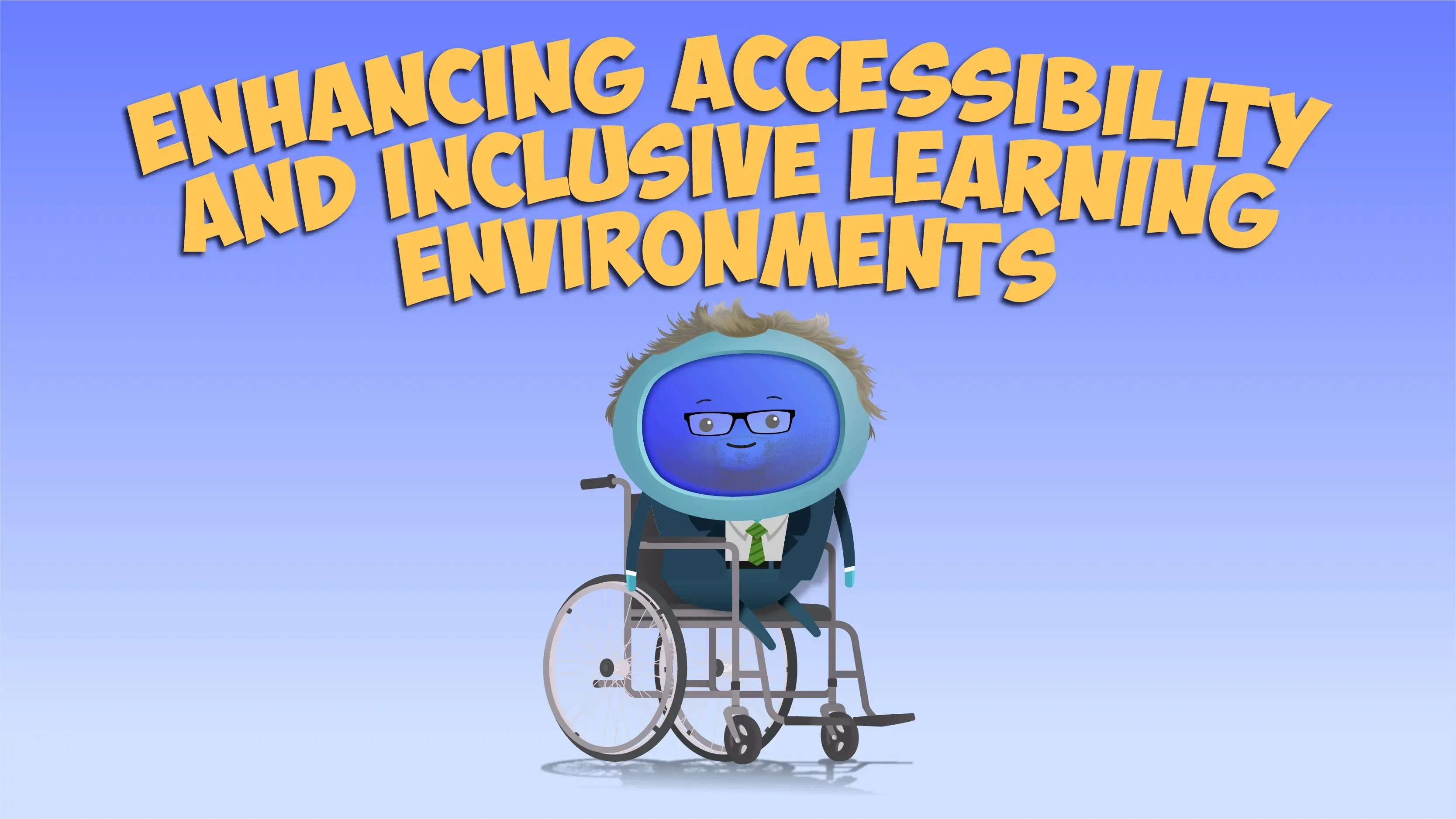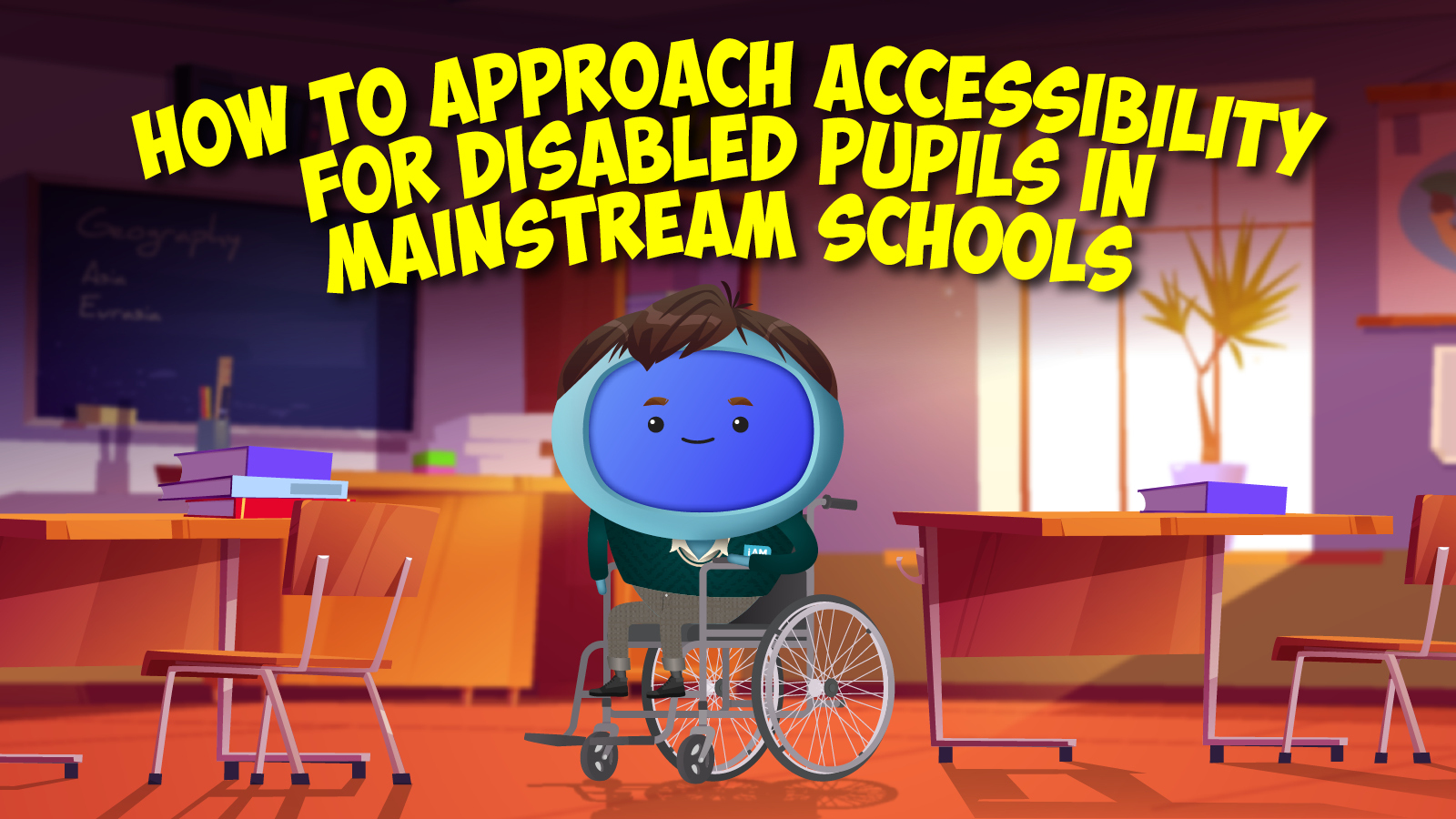In recent years, there’s been an increasing awareness of the importance of creating inclusive learning environments in UK mainstream schools. Ensuring accessibility for all students, regardless of their abilities or disabilities, is essential for providing equal educational opportunities.
Creating an accessible physical environment is extremely important. Schools must ensure that classrooms, corridors, and common areas are wheelchair accessible and free from obstacles. Installing ramps, handrails, and accessible toilets can make a significant difference for students with mobility impairments and create a more welcoming environment for all.
Regular maintenance of equipment is vital to ensuring accessibility in the classroom. Implementing a maintenance schedule and providing staff training on equipment usage and upkeep can help prevent breakdowns and ensure that assistive technology and adaptive equipment are always in good working condition.
Enhancing accessibility in the classroom
However, accessibility is not just about physical access to buildings or mobility equipment. When it comes to enhancing accessibility in the classroom, there are several positive strategies that mainstream schools can implement. One key aspect is providing flexible seating and furniture options. By offering adjustable desks and chairs, as well as alternative seating choices like bean bags or standing desks, schools can create a more comfortable and inclusive learning environment for all students. Encouraging doodling, fidget toys and movement allows students to feel comfortable as well as being productive.
Invest in assistive technology
Another important consideration is the use of accessible technology. Investing in assistive technology such as screen readers, speech recognition software, Picture Exchange Communication (PEC’s) and Augmentative and Alternative Communication (AAC) can greatly benefit students with visual, auditory, or motor impairments. Additionally, ensuring that digital content is accessible by following guidelines such as WCAG (Web Content Accessibility Guidelines) is essential for promoting inclusivity and equal access to learning resources.
Incorporating multisensory learning materials is another positive way to enhance accessibility in the classroom. By utilising a variety of teaching aids and resources, such as tactile materials, visual aids, and interactive tools, teachers can engage students with sensory impairments or learning difficulties and make learning more enjoyable for all students.
How to create the best outcomes for disabled students
Implementing the principles of inclusive practice is also crucial. By designing curriculum, instruction, and assessment with the diverse needs of all students in mind, schools can ensure that learning opportunities are accessible and engaging for everyone. If students are engaged, they’re learning. Focusing on their interests and making the curriculum contextual will provide more positive outcomes in comparison to following the criteria.
Staff training and professional development are essential components of creating an inclusive school environment. Providing ongoing training and support for teachers, school leaders, and support staff on inclusive practices and strategies for supporting students with disabilities is key to fostering a culture of inclusivity and ensuring that every student has the opportunity to reach their full potential. Staff should be trained on the individual disabilities of the students they will be working with in order to adopt the best practices to teach and support them effectively.
By embracing inclusivity and implementing these positive strategies, mainstream schools can create a supportive, inclusive learning environment where all students can thrive. Schools can ensure that every student has the opportunity to succeed and reach their full potential.
Get your FREE Accessibility Maintenance For Schools Toolkit
For practical resources to enhance accessibility in your school, consider downloading the iAM Compliant Accessibility Maintenance Toolkit. It’s chock-full of useful resources to help you get started on planning and managing the accessibility equipment in your school.


